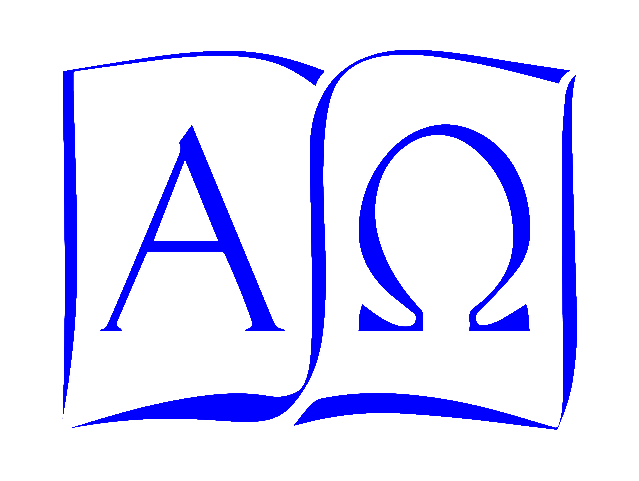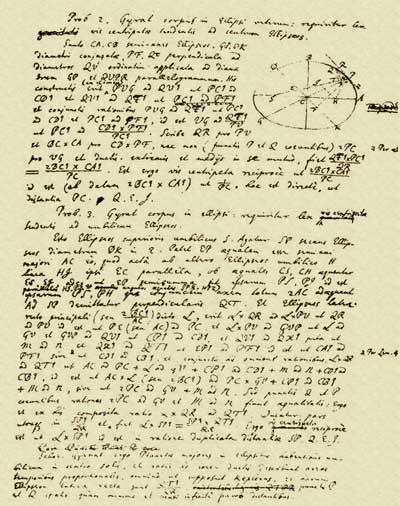In November of 1684, Edmund Halley received a letter from Isaac Newton in answer to a question he had asked earlier that year. The question (based on Halley’s account some years later) asked for a description of the “Curve that would be described by the Planets supposing the force of attraction towards the Sun to be reciprocal to the square of their distance from it”. Newton’s answer, in Latin with diagrams and mathematical proofs, so impressed Halley that he read it to the Royal Society on December 10, 1684, and it was later published in the Society’s records as De motu corporum in gyrum, On the motion of bodies in orbit.
Starting with the definition of centripetal force as the force from any source constraining an object to move in a circle and the definition of inertia as a body’’s resistance to changes in its motion, Newton’s essay provides mathematical proofs for several theorems:
- 1. That planets subject to a centripetal force sweep out equal areas in equal times.
- 2. That for a centripetal force acting on a circular orbit, the square of the period of an object moving in such an orbit is proportional to the cube of the radius.
- 3. This is also true of non-circular orbits, in particular, of ellipses, supporting the motion of planets in elliptical orbits.
Students of my Natural Science Year I, Astronomy, and Physics courses will recognize this derivation of Kepler’s laws of motion, since we go through the derivation (at different levels of math) in each course. It is an elegant example of the way science often works, where we notice a pattern, and even express it mathematically, long before we understand the causes that give rise to the pattern.
Kepler worked out the orbit of Mars by studying years of detailed observations by Tycho Brahe. He struggled to make Mars’ orbit fit the expectation that a planet moved in a perfect circle, but had to abandon that assumption when the data showed Mars moved in an ellipse. He had to abandon a second assumption that planets moved with uniform velocity when he realized that the radius vector swept out equal areas in equal time regardless of its length. His first two laws, published in 1609, met with skepticism, since they contradicted both Ptolemy and Copernicus. His third law, that the square of the period is proportional to the cube of the distance of the planet from the sun, was published in 1619, and found support when it accurately predicted the periods of the newly-discovered Galilean moons of Jupiter.
But Kepler could not explain what physical force held the planets in orbit, and in his De motu, Newton shows only that a centripetal force, as he has defined it, would generate the behaviors Kepler had described. The encouragement he received from Halley and other Royal Society members inspired Newton to develop his arguments further, and to present the concept of universal gravitation, the mutual attraction between masses, as the source of the centripetal force holding the planets in orbit around the Sun.
It was a stunning achievement that reflected the growing conviction that abstract mathematics and physical reality were intimately related, that precise and careful reasoning can help us find patterns in nature that reveal the mind of the Designer.

